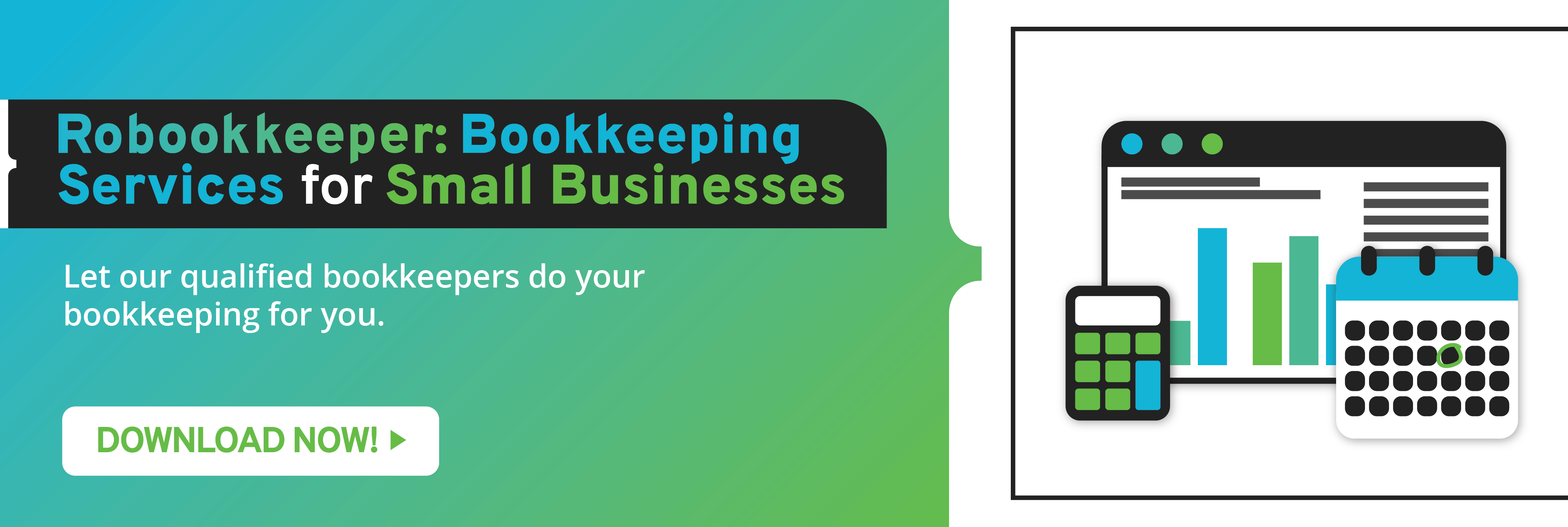Manual accounting and bookkeeping takes a long time and requires a lot of effort. Technology has simplified the way small businesses do bookkeeping. Cloud technology and automation software make doing this task efficient and less-time consuming.
Experts on small business accounting services agree on the following ways that automate bookkeeping.
Identify the Tools You Currently Use
Before you automate your entire booking system, identify the current tools you have. Make a list and determine their effect on overall efficiency. Assess the processes you implement to accomplish bookkeeping tasks such as invoicing, payments, computing tax deductions, and others. After this, you can identify which aspects of bookkeeping you can automate and reduce the number of manual tasks.
Select Dedicated Software for Your Needs
Excel and manual forms of bookkeeping are prone to errors and miscalculations. It is sometimes difficult to identify mistakes on these platforms. Moving to accounting software solves a lot of problems such as organising and keeping financial data secure, rectifying mistakes, and simplifying transactions. Evaluate the software you want to use as a core system. Identify its features and possible upgrades to determine if it is within your budget and addresses your pain points.
Move Data
After you install accounting software and cloud technology, you should move your financial data to its system. Create and implement a migration plan so that your team will know where to access the data and its availability. Provide an adjustment period so that your staff will be ready when the financial data is available.
Identify Possible Upgrades
As your small business grows, your needs will change. The accounting software you choose must be able to adapt. Choose one that allows you to upgrade features based on need. The number of customers and transactions you will handle will increase. The features of your chosen software must be able to handle these.
Monitor Changes
Determine the effectiveness of the accounting software you chose by monitoring its pros and cons. Measurable data such as work hours slashed when using it, the effect on productivity of employees, and transactions completed within a certain time frame are numbers you can use to determine the effectiveness of the accounting software.
This guide to automation allows you to boost the productivity of your workforce while improving the efficiency of your company’s bookkeeping. If you need assistance with bookkeeping or setting up a cloud-based system, you can contact us at Robookkeeper. We have a team of experienced accountants that provide you with virtual bookkeeping services.

